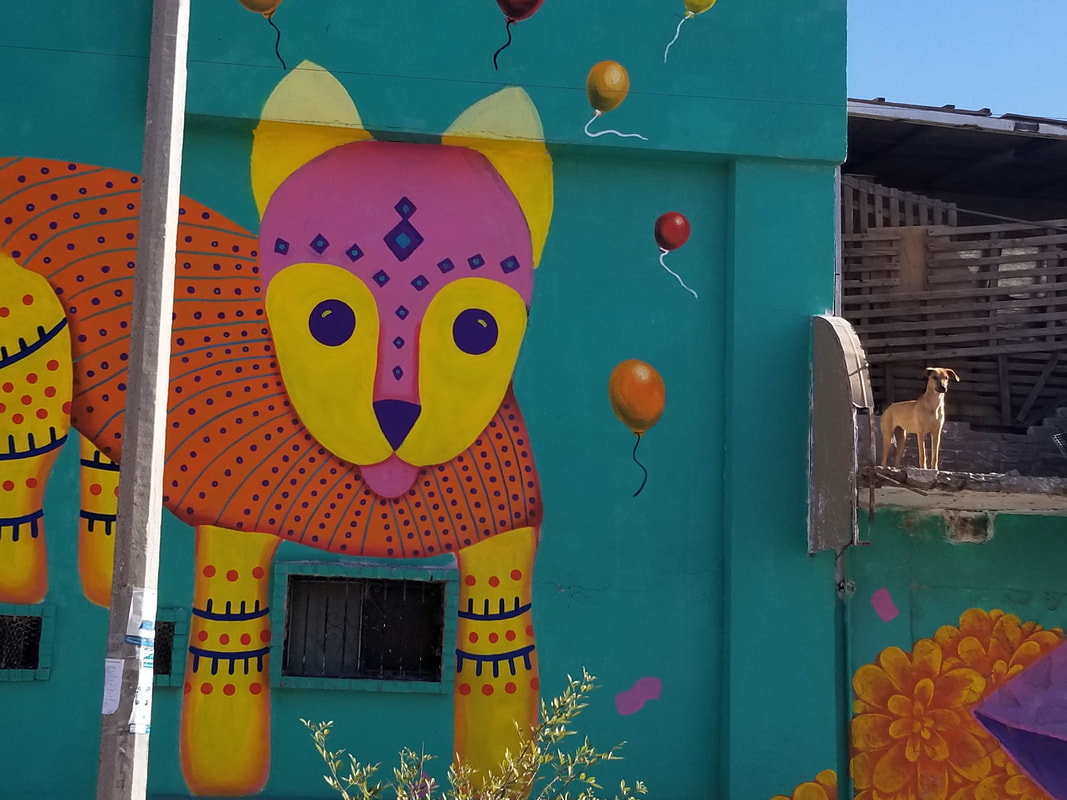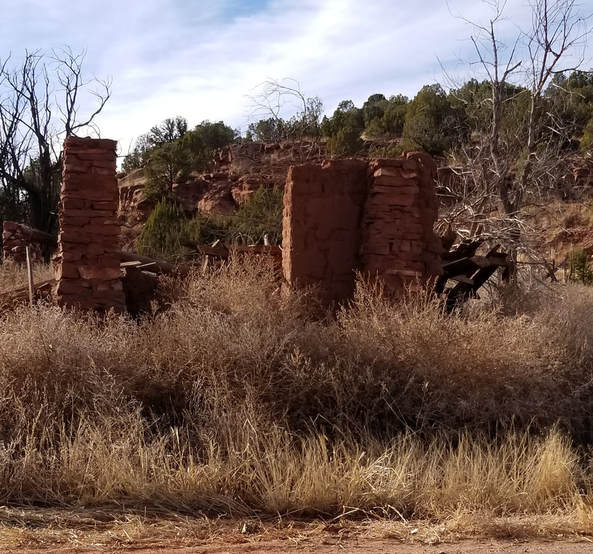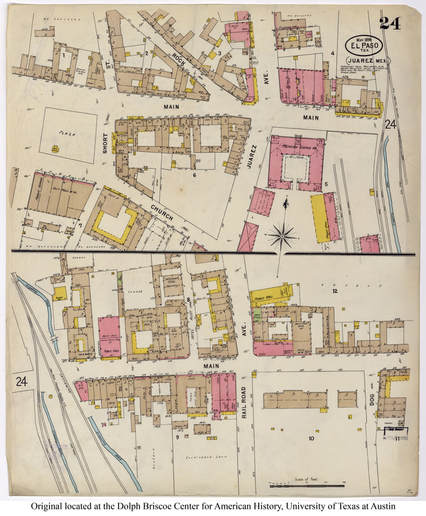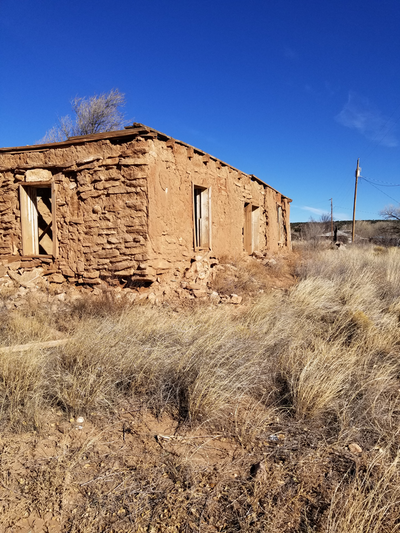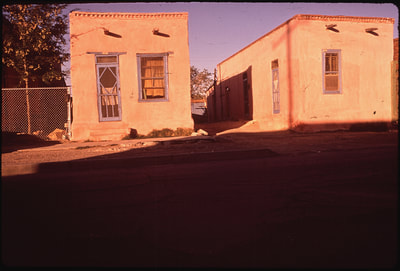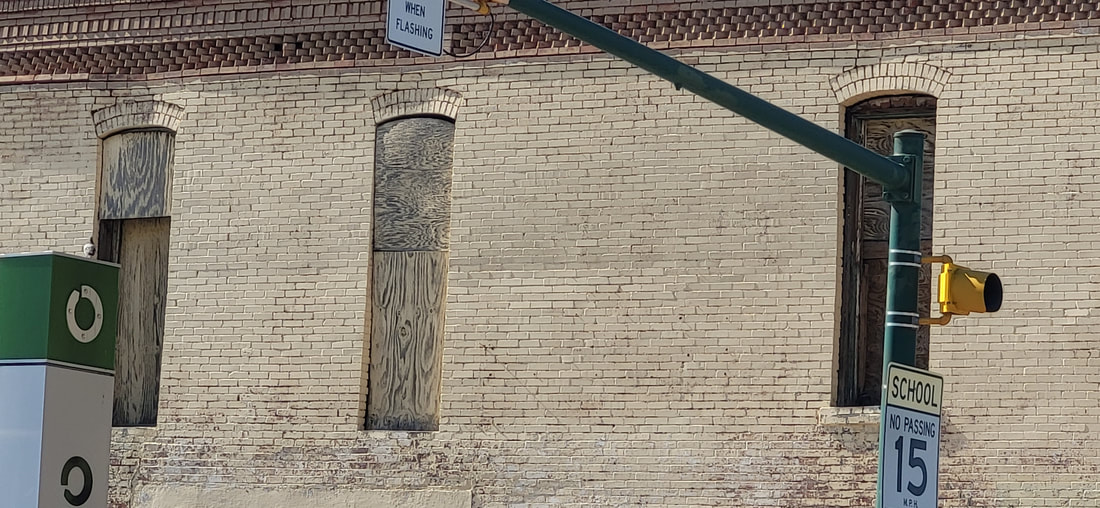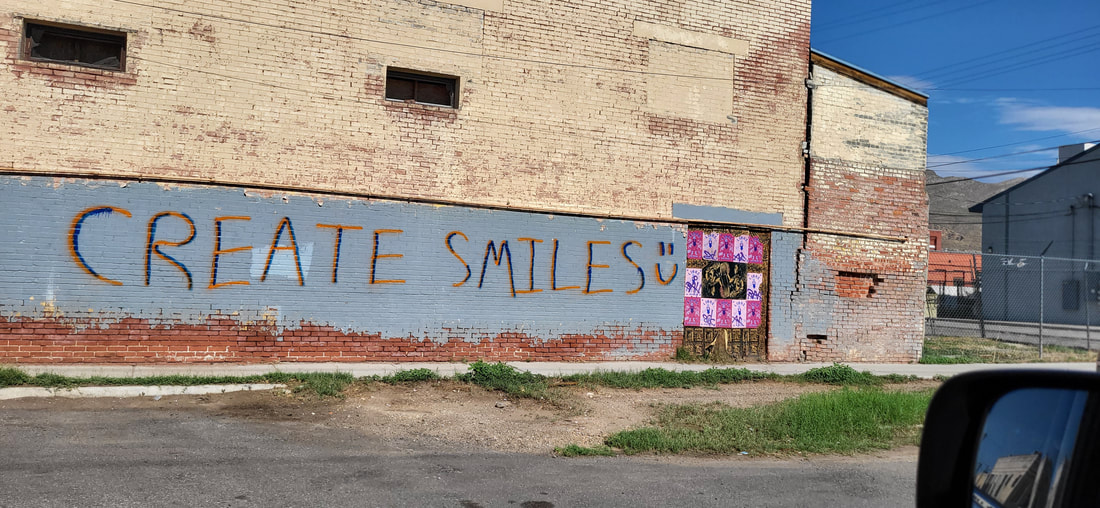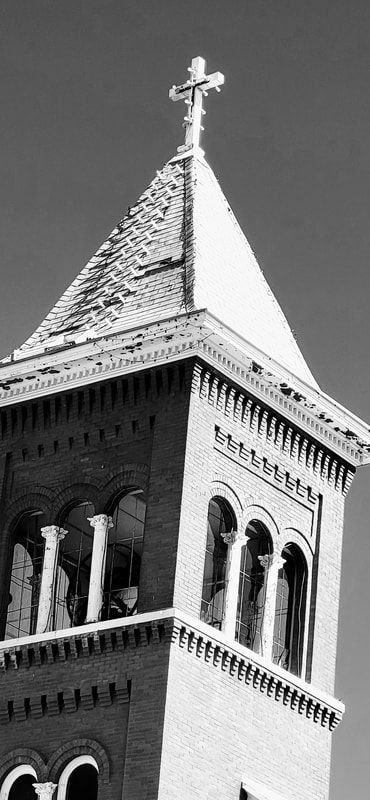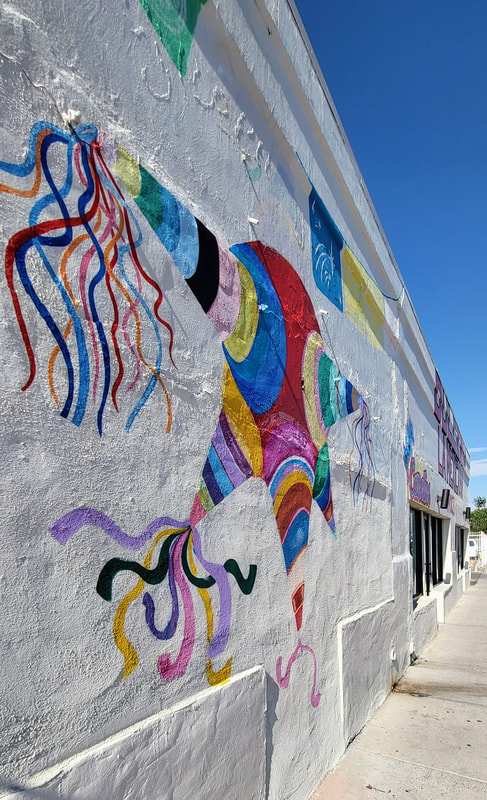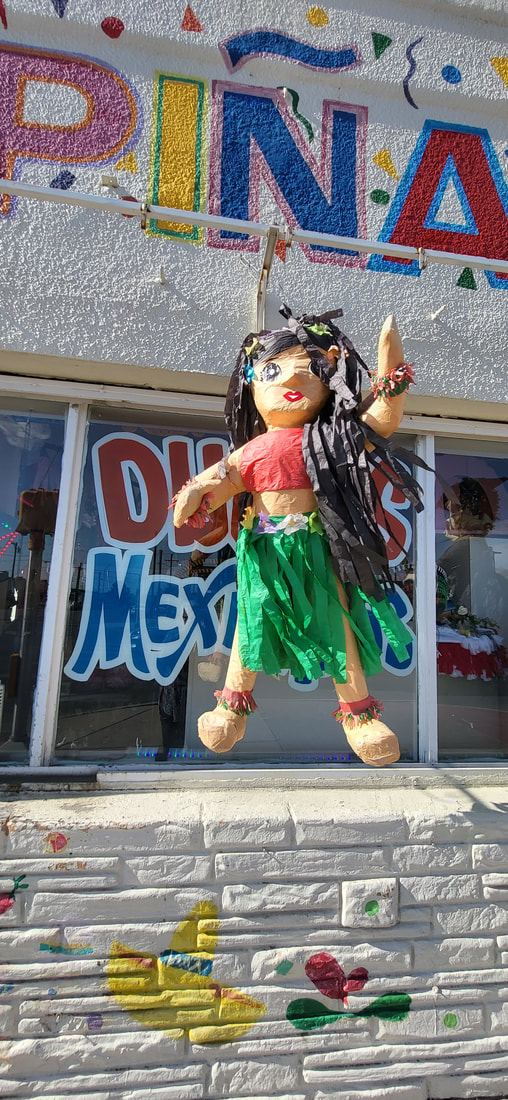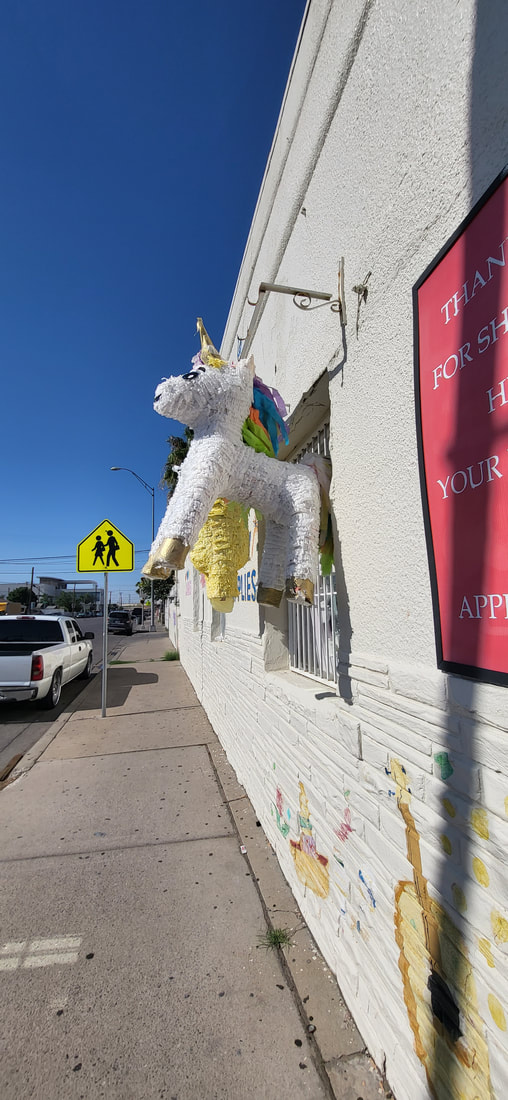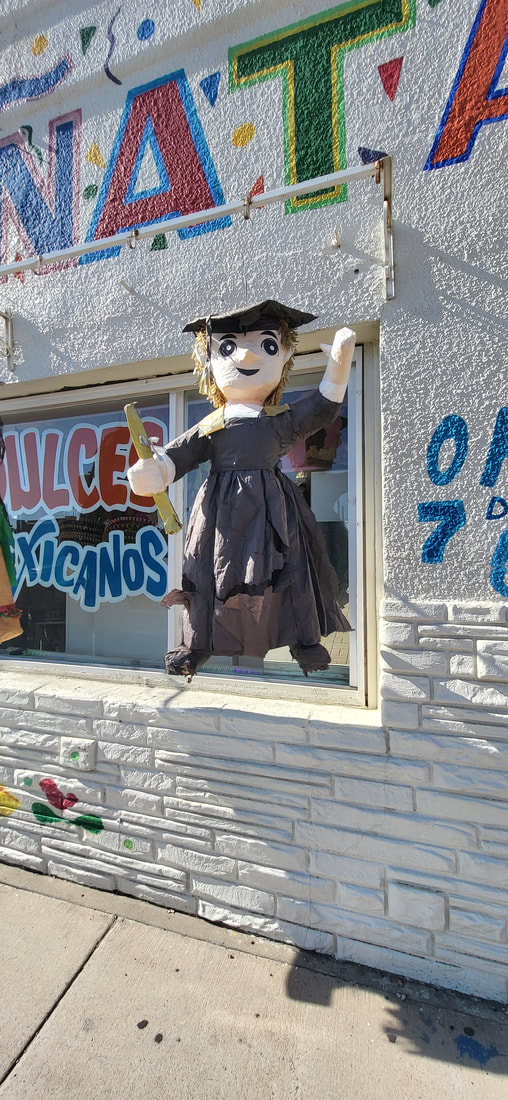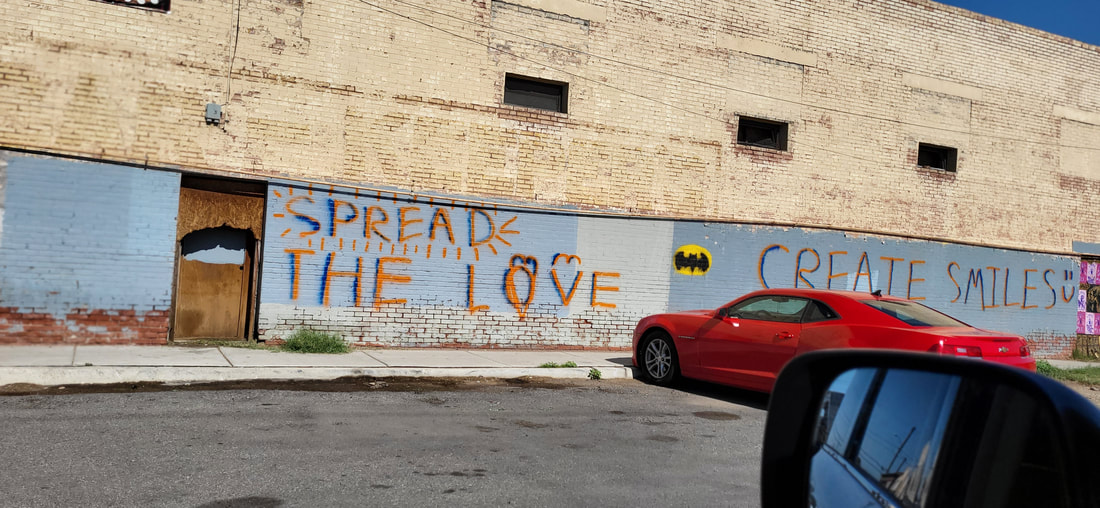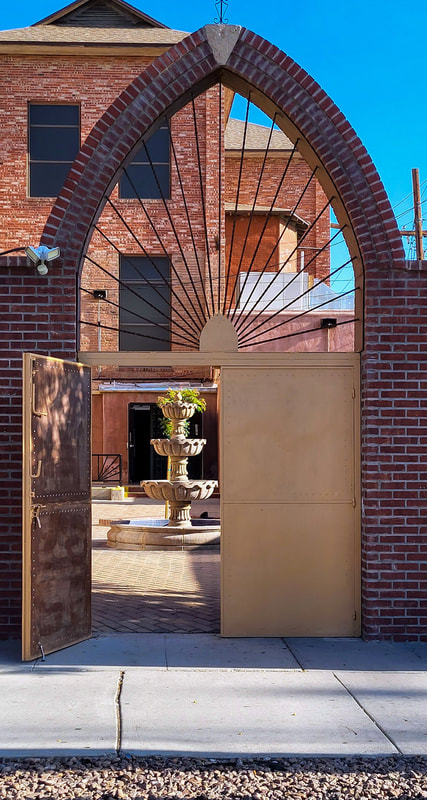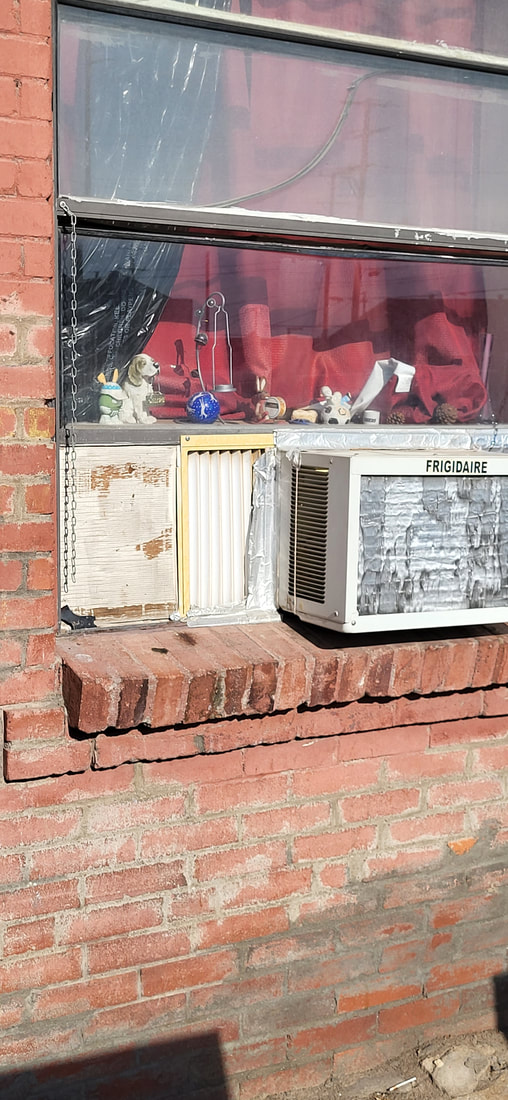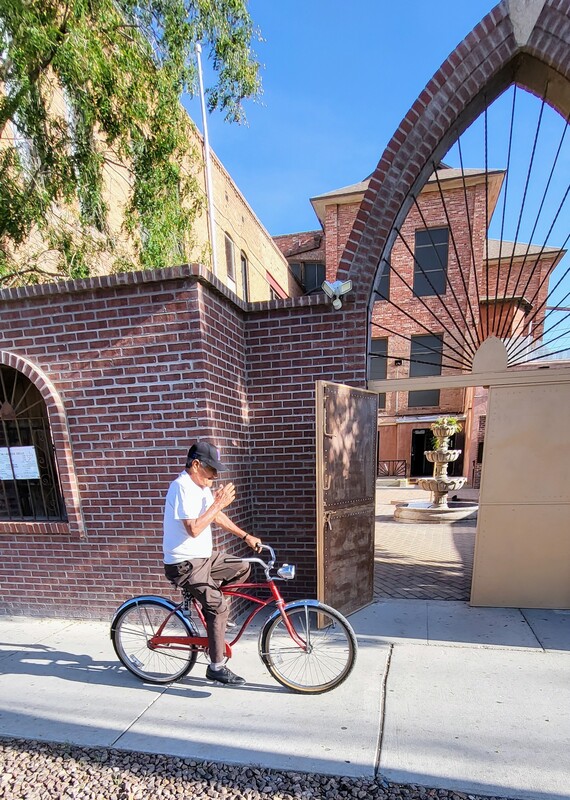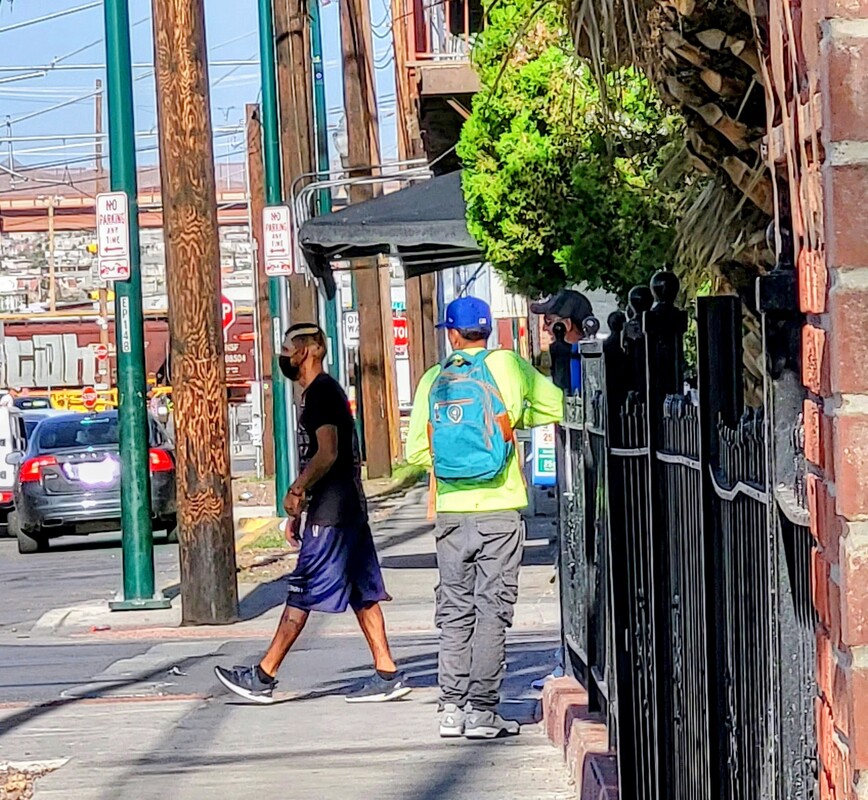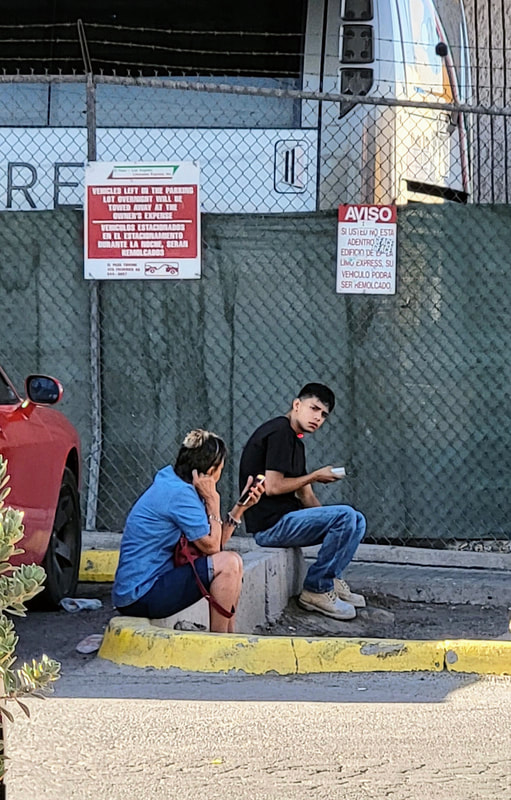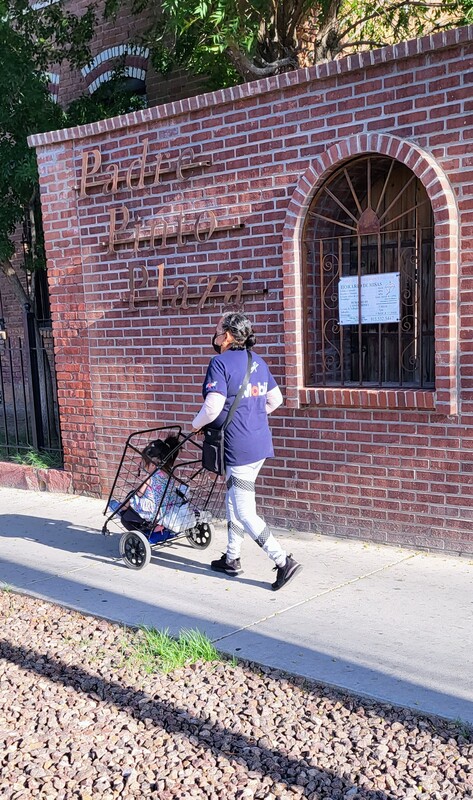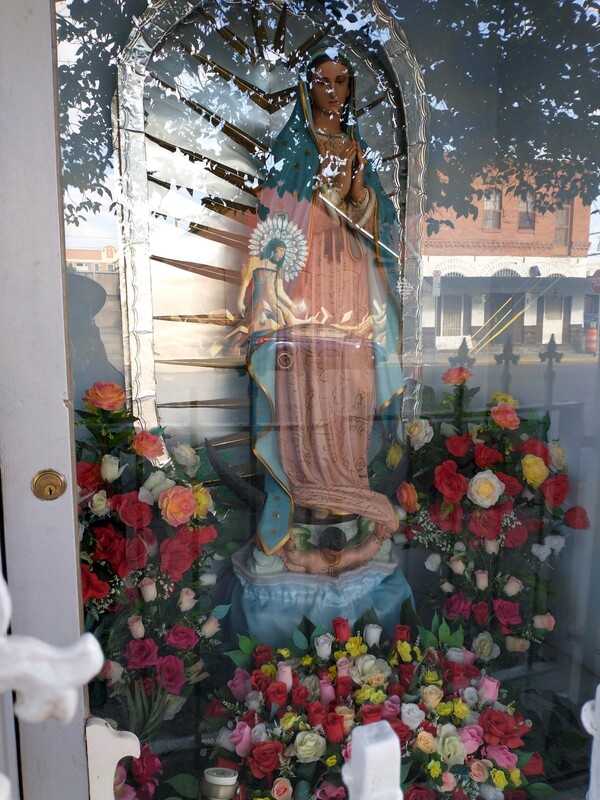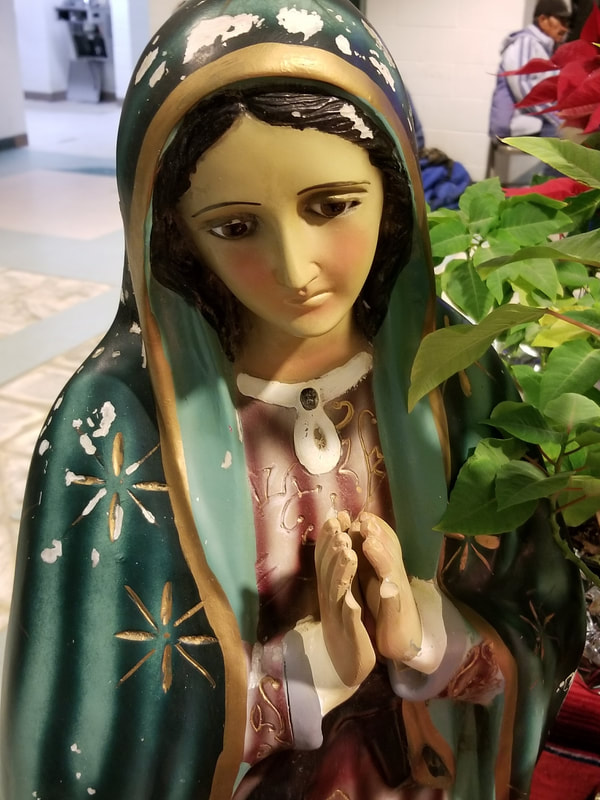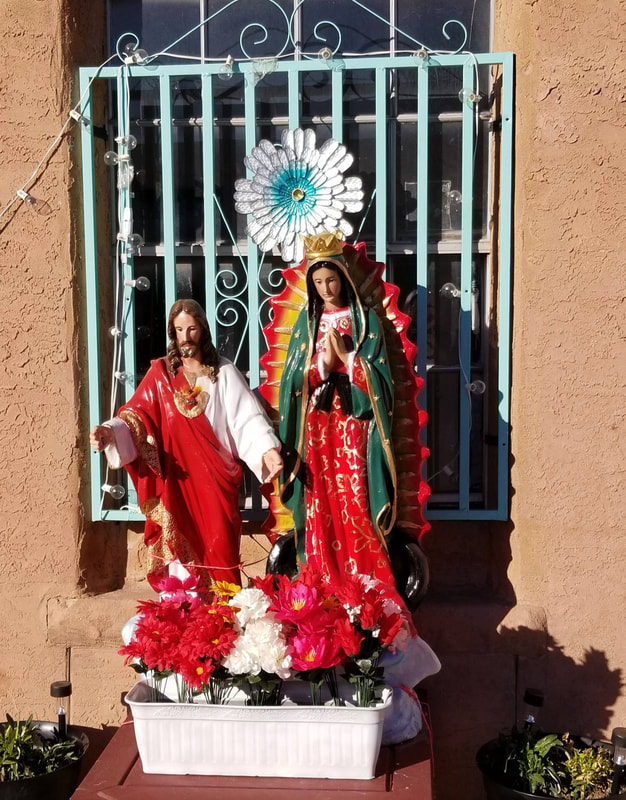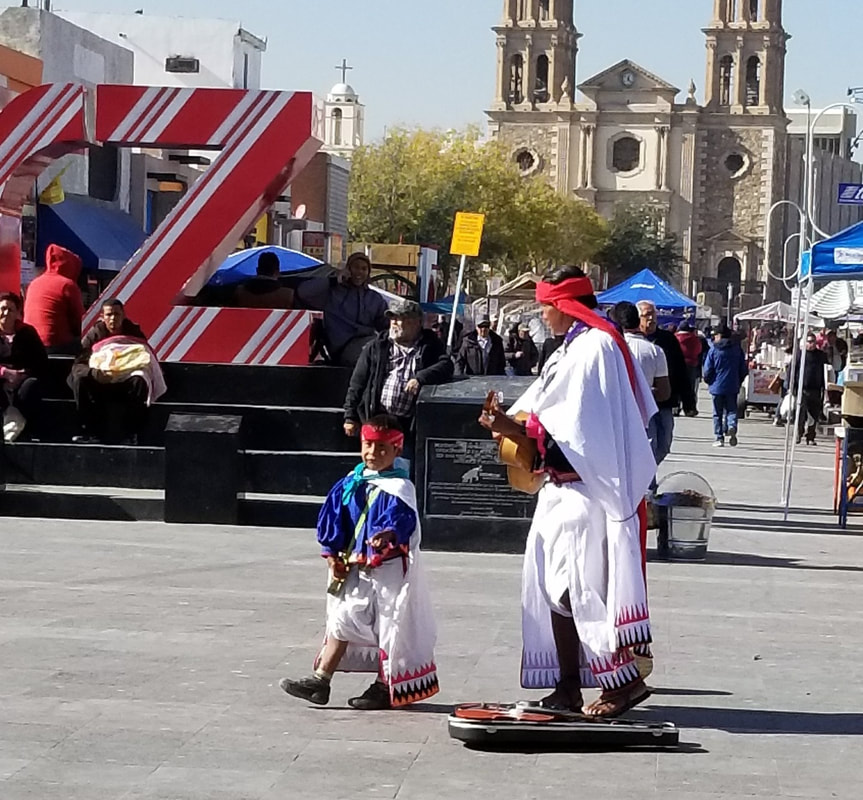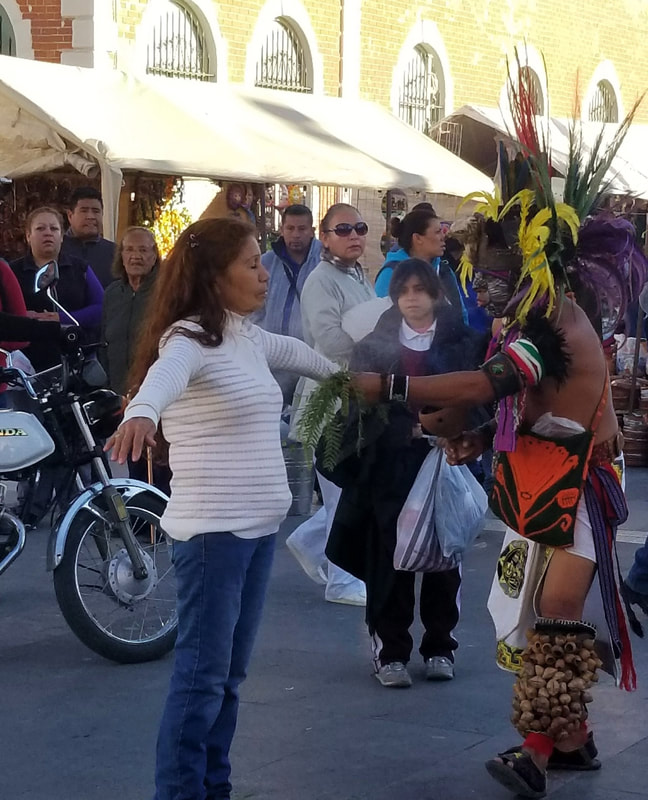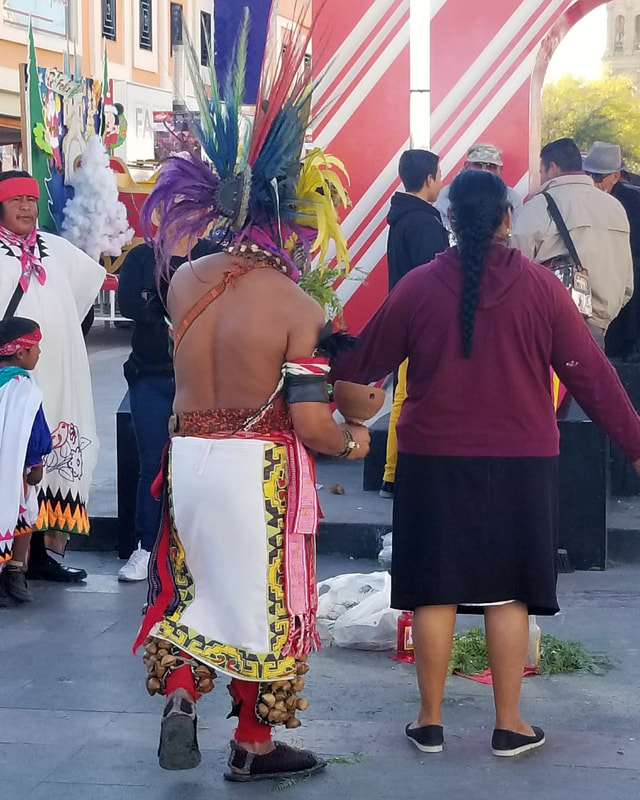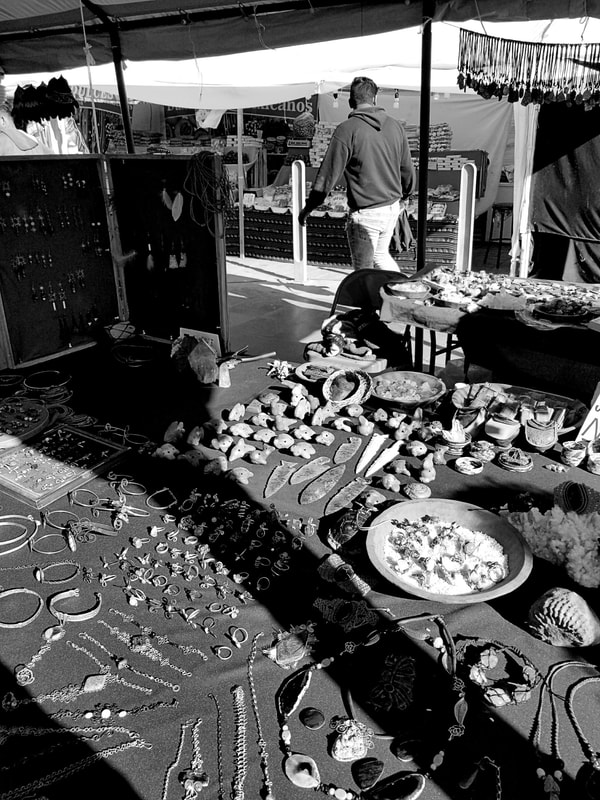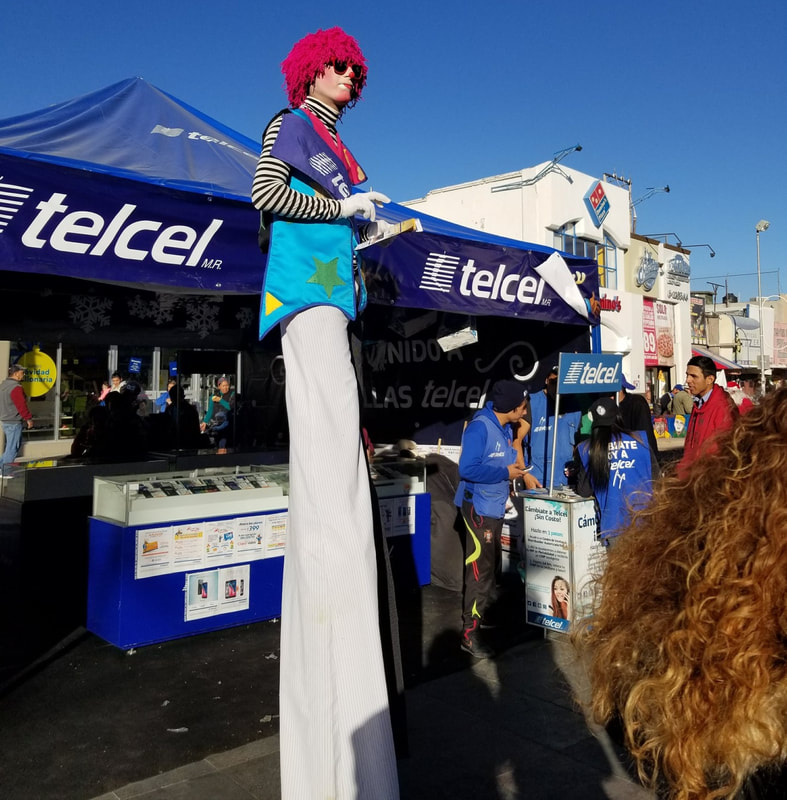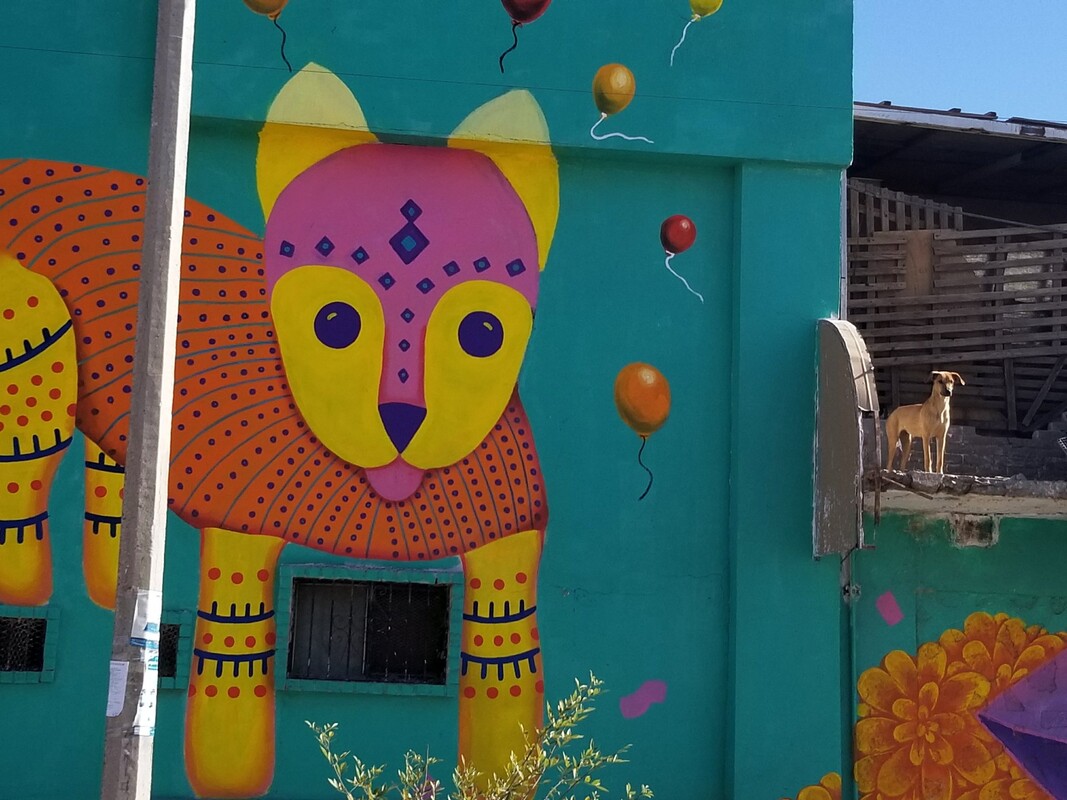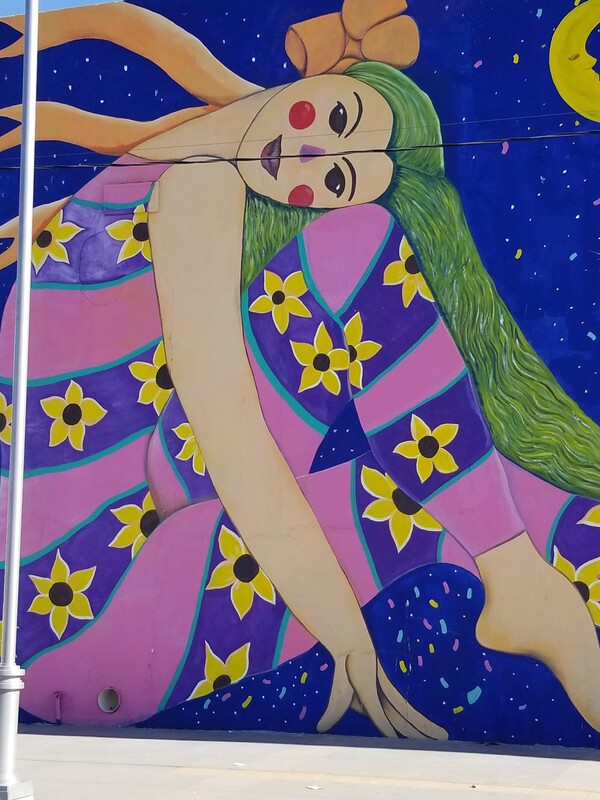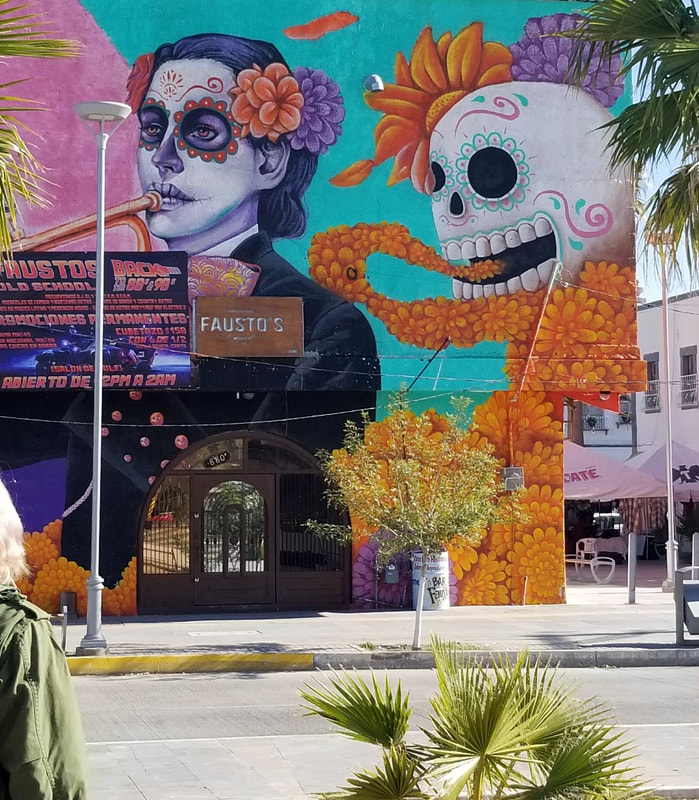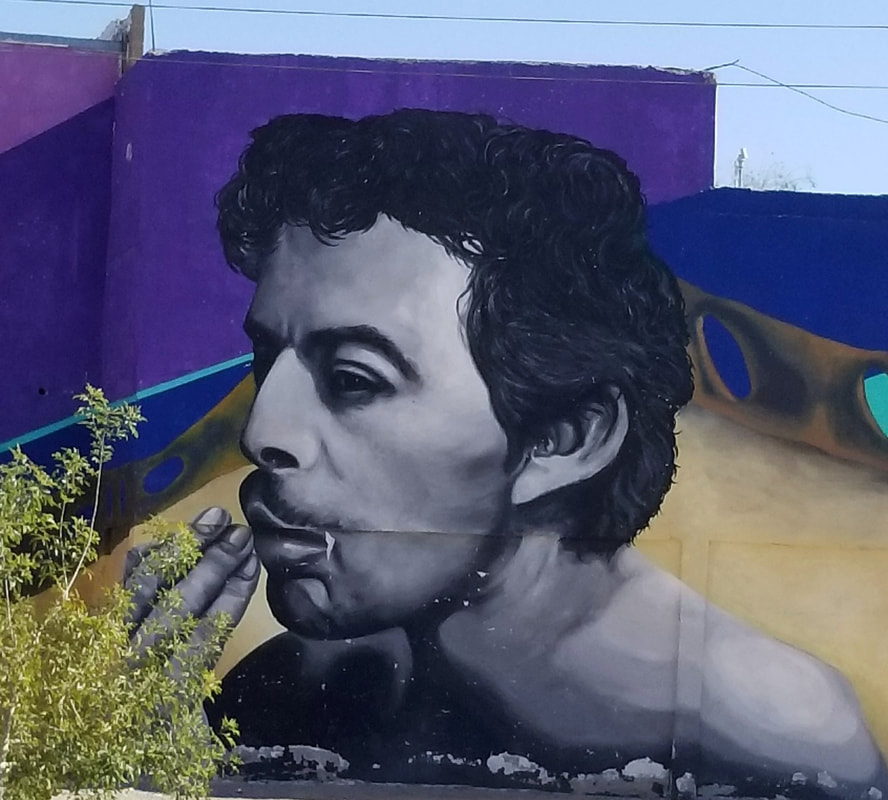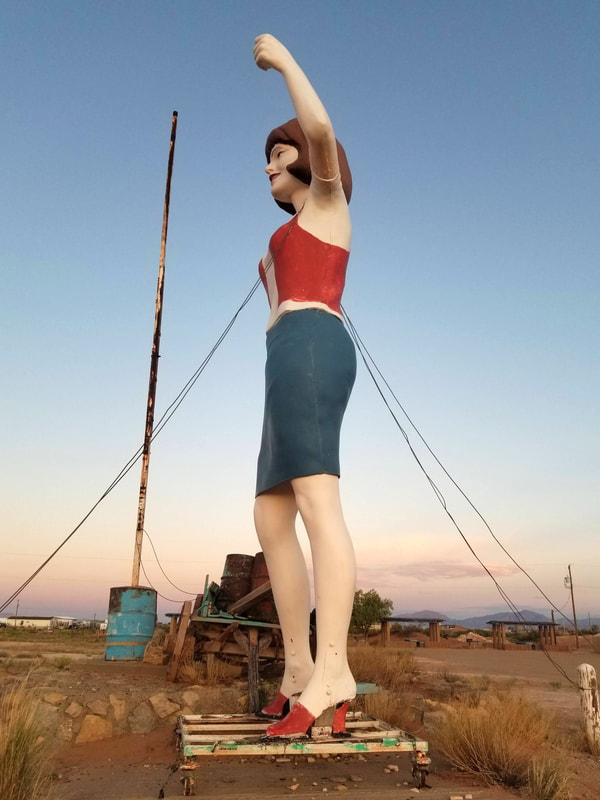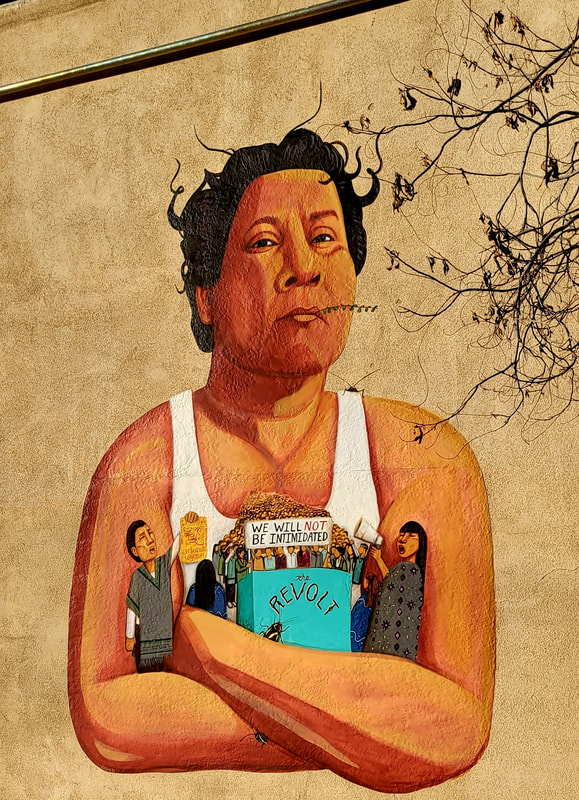|
Recently, I've spent time in Northern New Mexico where deep history resides in the countless adobe buildings that fill the landscape. In San Miguel County, along the Pecos River, the earth is deep red and so are the bricks made from that earth. There are homes that date back to when the area was still part of Mexico where families continue to live. The two-feet-deep walls hold the warmth in winter and the coolness in summer. It is a building material that is efficient and beautiful and has been used worldwide for thousands of years. Some linguists believe that the word adobe itself is at least 4,000 years old, with roots in the Egyptian word for brick that was passed on as the Arabic word al-tob. It is a beautiful thing to be in a place where the relationship between humans and earth is so intimate. In cities like El Paso, this relationship was disrupted with the coming of "Americanos" that resulted in the destruction of traditional adobe buildings and their replacement with brick. You can see this process in the Sanborn's Insurance Maps, maps that documented the built environment in thousands of US cities beginning in the 1860s. The 1898 map below of a section of El Paso shows the brick buildings in red and the adobe buildings in brown. Over the decades, the maps reveal the red overwhelming the brown. Adobe, made of earth, was viewed by Euroamericans as a sign of backwardness, of dirtiness. In his 1920 publication, Essentials of Americanization, sociologist Emory Boggardus writes that in Mexico "the poor are living in conditions of squalor and ignorance. They live in adobe, or clay houses, with thatched roofs, dirt floors, and frequently in single rooms. It is this class which is being brought into the United States as immigrant labor." The modernization of Southwestern cities meant to government officials, scholars, and reformers that our relationship with the earth must end. You can still find a few adobe buildings in the Southside barrios of El Paso as evidenced by the 1970s photo below by Danny Lyon. In places like San Miguel County, the relationship between people and earth continues, although trailers and mobile homes are replacing many of the older familial homes. Still, the people know that without humans, the adobe loses its purpose and returns to the earth. If an adobe home is lived in and loved, however, the walls retain the heat from the wood stoves and with its relationship with people, it can live for hundreds of years. In a previous post, I asked "What happens when a building dies?" (You can read it here.) Now, I can ask, "How do we live with the earth?," thankful for the people who have kept the relationship alive between humans and the earth. Left: adobe building in San Juan, NM. Right; Adobe buildings in the Second Ward (El Segundo Barrio), El Paso. Photo by Danny Lyon as part of DOCUMERICA: The Environmental Protection Agency's Program to Photographically Document Subjects of Environmental Concern, compiled 1972 - 1977. Courtesy of Wikimedia.
0 Comments
Leave a Reply. |
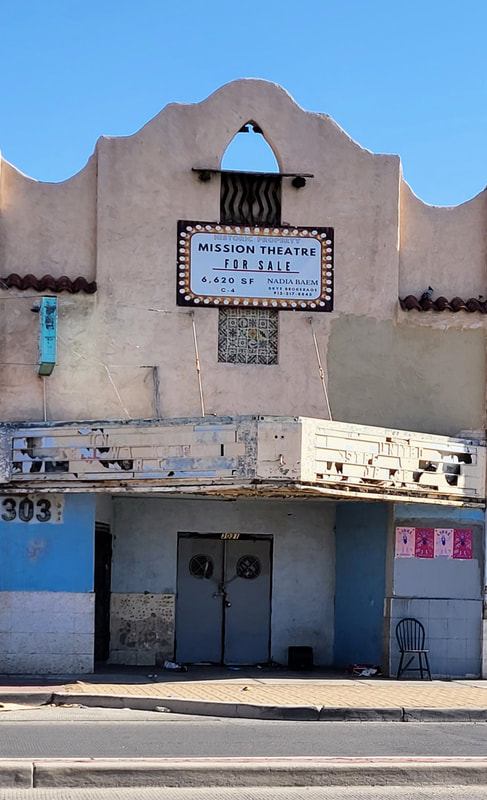
My father used to tell me about sneaking into this theater to watch movies as a kid in the 1910s. It showed Spanish language films. In the 1940s, it was transformed into a "whites only" theater but that didn't last long. By the 1950s, it was headquarters to the Mine, Mill, and Smelter Workers Union, a radical labor organization. Before it closed, it housed the Mine and Mill Bar.
Segundo Barrio
Father Rahm Street
July 2022
La Virgensita en la frontera
Cd Juarez downtown
December 2017
La Mariscal, Ciudad Juarez, 2017
Montana Vista 2019
El Centro July 2022
